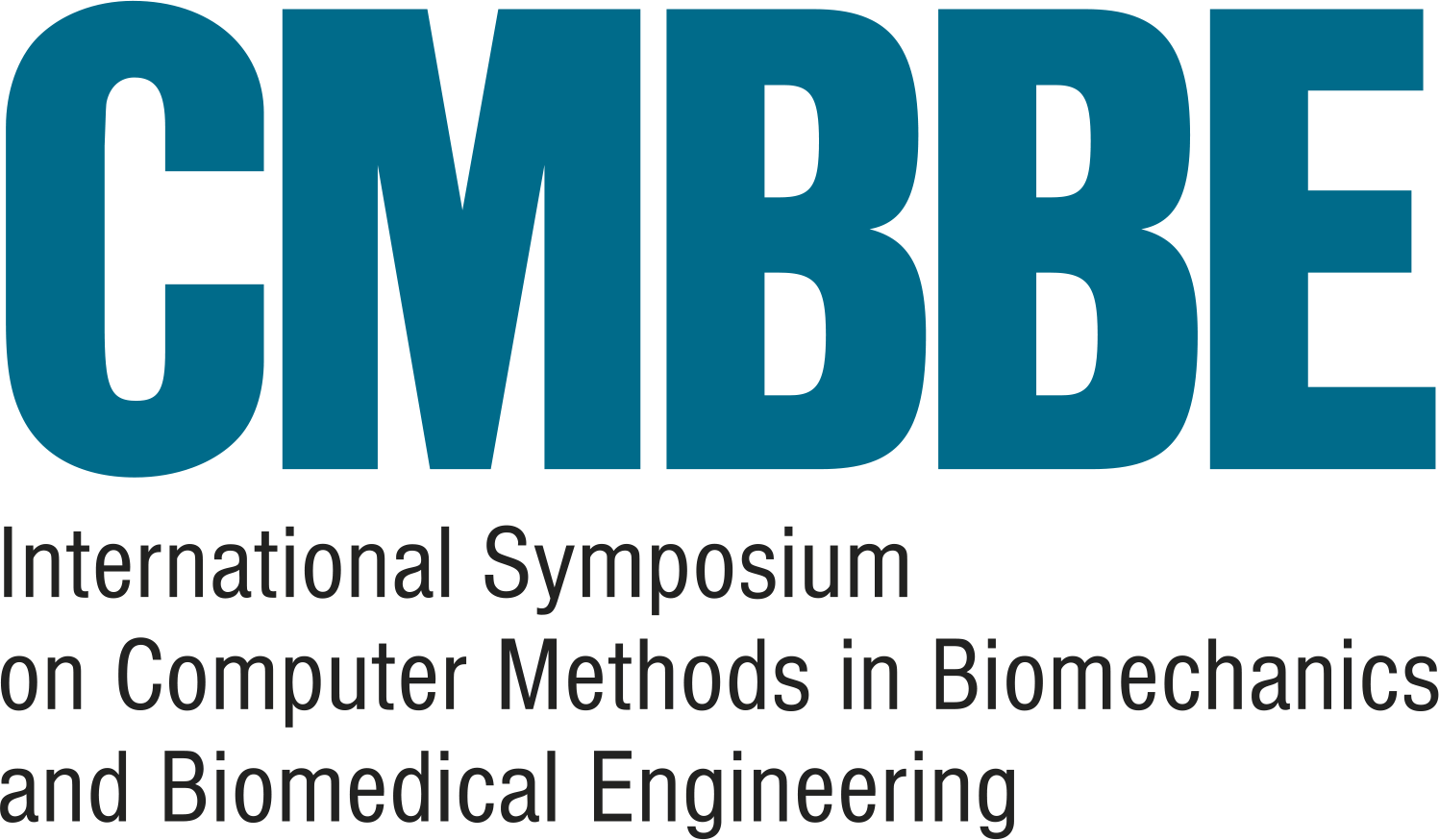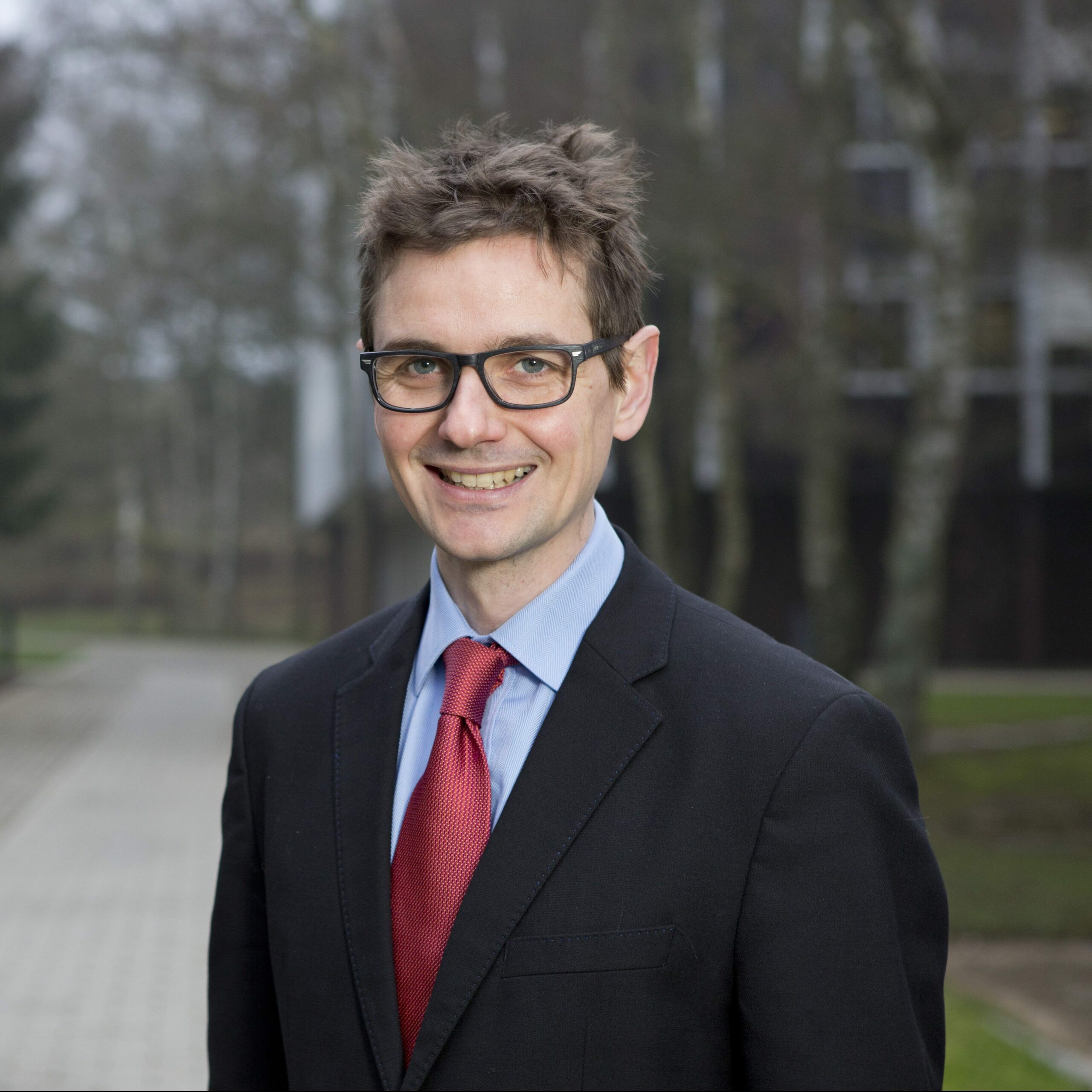
Prof. Dr. Stéphane Bordas
Professor in Computational Mechanics, University of Luxembourg, Luxembourg
Lecture: The potential of machine learning algorithms to alleviate the lack of data in medical simulation
Stephane BORDAS is professor of Computational Mechanics at the University of Luxembourg (UL) with a joint appointment at Cardiff University. Named ISI Highly Cited Researcher in Computer Science by Thomson Reuters (2014-2019), he has h-index 54 (Scopus), 3.8 m-index, 10340 citations, and has published over 200 journal articles. He is Editor in Chief of Advances in Applied Mechanics (Elsevier), Executive Editor of Data-Centric Engineering (Cambridge). Prof. Bordas has acquired around 25M€ in funding, since 2006, for his interdisciplinary research on multiscale methods for fracture, error estimation, model reduction for non-linear problems and medical simulation. In 2011 he was awarded an ERC Starting Grant for RealTCut – Towards real-time multiscale simulation of cutting in nonlinear materials. With this funding he put together an expert team of promising young researchers (www.legato-team.eu) which led to a number of scientific firsts, including the first error-controlled surgical simulator. He supervised/co-supervised 13 PhD’s & 14 post-docs. Presently, he is supervising 12 PhD’s and 8 post-docs, including 3 ESRs in an ITN and 5 MSCA Fellows. He is the founder of http://www.ariana-tech.com, a start-up focusing on risk management in health care.
In this talk, we will first focus on recent developments in the mathematical and computational arsenal that are essential to enable the patient-specific selection and parametric identification of mathematical models for soft tissues and single cell models. Contrarily to traditional engineering materials, structures and systems which have been traditionally designed building upon physical experiments made in the lab to support engineering decisions, with biological materials, we are not so fortunate. Direct experiments to understand structure-function relationships, design substitutes and support surgeons and clinicians cannot be made. This is even more critical that there exists a high variability and individual-specificity of biological matter. We are, today, in a fortunate position to tackle those difficulties, thanks to in vivo imaging, which have greatly improved in terms of resolution and in terms of the types of observables. These improvements enable the online, real-time acquisition of data to feed mathematical models and their machine learning surrogates. This opens the possibility to Identify the best model given experimental data, Identify the best parameters associated with those models and build databases for bayesian updates of models and parameter estimates. Such progress will be illustrated based on past and ongoing research performed by the Legato Team (legato-team.eu) hand-in-hand with a dozen surgeons and supported by biologists, computer scientists, mathematicians and statisticians.
Looking into the future, we will discuss how machine learning algorithms such as generative adversarial networks could enable alleviating the lack of data in medical simulation through the automatic generation of candidate systems from a series of images. Those candidate (micro)structures empower us to generate statistically representative artificial systems, which, combined with predictive computational models, can be used to learn patient-specific behaviour. We are therefore at a particularly exciting turn, where computer science, imaging, computational sciences, data science/statistics and modelling communities can work together to advance the field of image-driven biomechanics. We will discuss some exciting remaining questions such as : How can data sparsity be taken into account in model updates and parameter estimates? How can rigorous error bounds and confidence intervals be computed? How can machine learning surrogate models built in silico be enriched by experimental data?
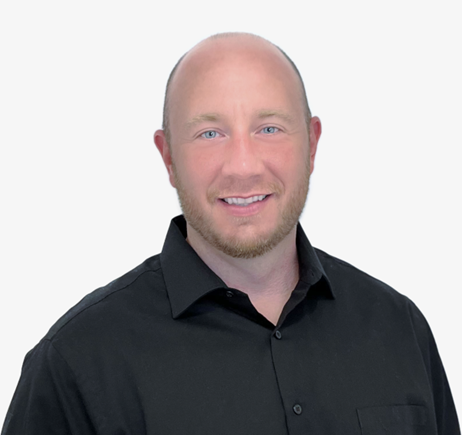
Dr. Brent Craven
Research Scientist & Program Manager (Acting)
Credibility of Computational Modeling and Simulation Program
Office of Science and Engineering Laboratories, Center for Devices and Radiological Health U.S. Food and Drug Administration
Lecture: Advancing the use of credible computer modeling and simulation for medical device regulatory decision making: From preclinical to InSilico clinical trials
Brent Craven is a Research Scientist in the Office of Science and Engineering Laboratories, Center for Devices and Radiological Health (CDRH) at the U.S. Food and Drug Administration (FDA). He received his PhD in Mechanical Engineering from the Pennsylvania State University in 2008. His areas of expertise include computational fluid dynamics, fluid-structure interaction, multiphysics modeling, patient-specific modeling, and verification, validation, and uncertainty quantification (VVUQ) methods applied to medical devices such as mechanical circulatory support devices, artificial heart valves, intravascular blood clot filters, and inhalers. His research at the FDA primarily focuses on advancing computer modeling and VVUQ methods for medical devices. In addition to research, he regularly serves as a subject matter expert on medical device regulatory submissions. He has authored 55 refereed journal articles and more than 100 conference proceedings and abstracts. He is currently an Associate Editor for the Journal of Verification, Validation and Uncertainty Quantification and Frontiers in Physiology. He has received a number of awards for his research and regulatory contributions, including the 2022 FDA Scientific Achievement Award for Excellence in Analytical Science, the 2018 FDA CDRH Excellence in Scientific Research Award, and an FDA Commissioner’s Special Citation Award in 2021 for his regulatory contributions in the technical review of emergency use ventilators.
Computer modeling is widely used to design medical devices and to inform preclinical testing. In recent years, higher-risk uses of modeling and simulation (M&S) have emerged including using M&S to replace physical bench testing and to perform in silico clinical trials. These uses of M&S have the potential to transform the evaluation of medical device safety and effectiveness, reducing time to market and expediting patient access to life-saving technology. Given the potential risk to patients, however, we must ensure that the M&S is credible. In this talk, I will describe our policy and research efforts at the U.S. FDA to advance the use of credible computer M&S for medical device regulatory decision making. I will begin by providing an overview of our regulatory policy initiatives for M&S. I will then summarize collaborative research in which we are advancing the use of M&S to reduce preclinical device testing and for in silico clinical trials. A common theme in this research is the use of verification, validation, and uncertainty quantification methods to demonstrate the credibility of computer modeling to ensure that it is trustworthy for making regulatory decisions.
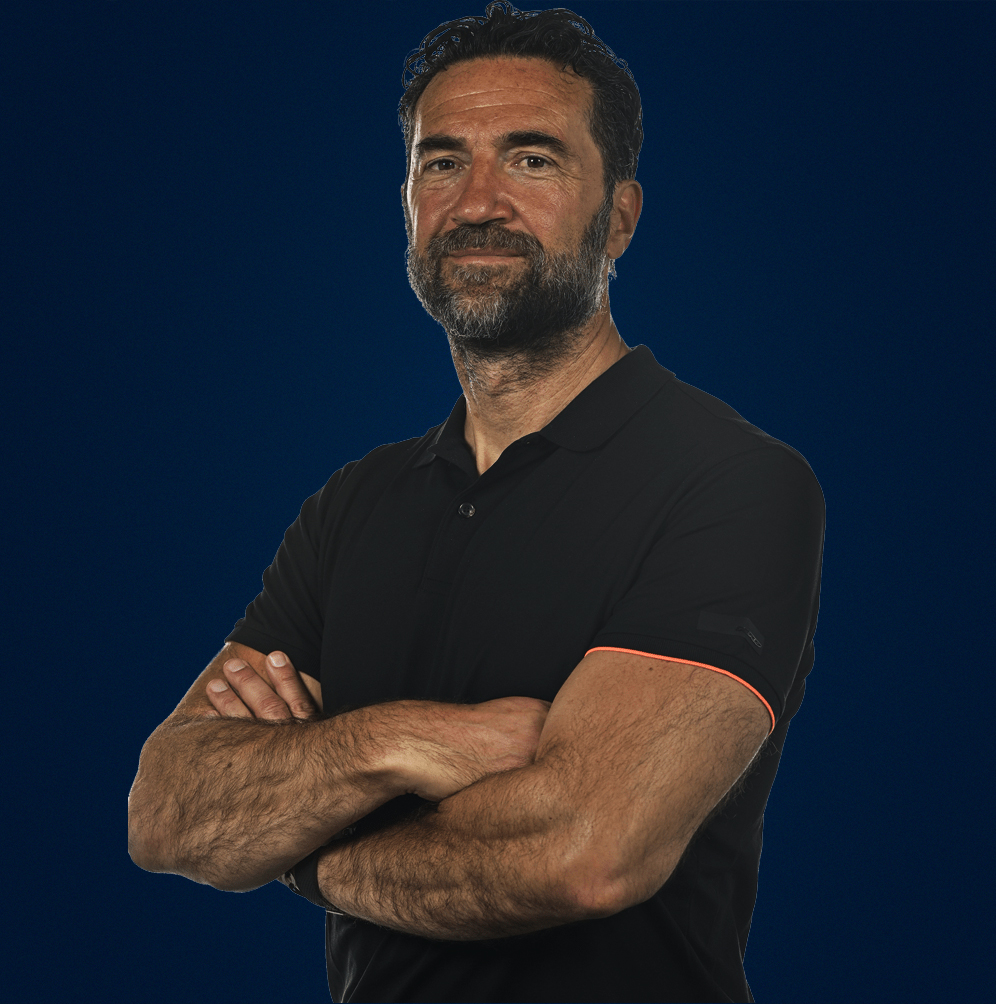
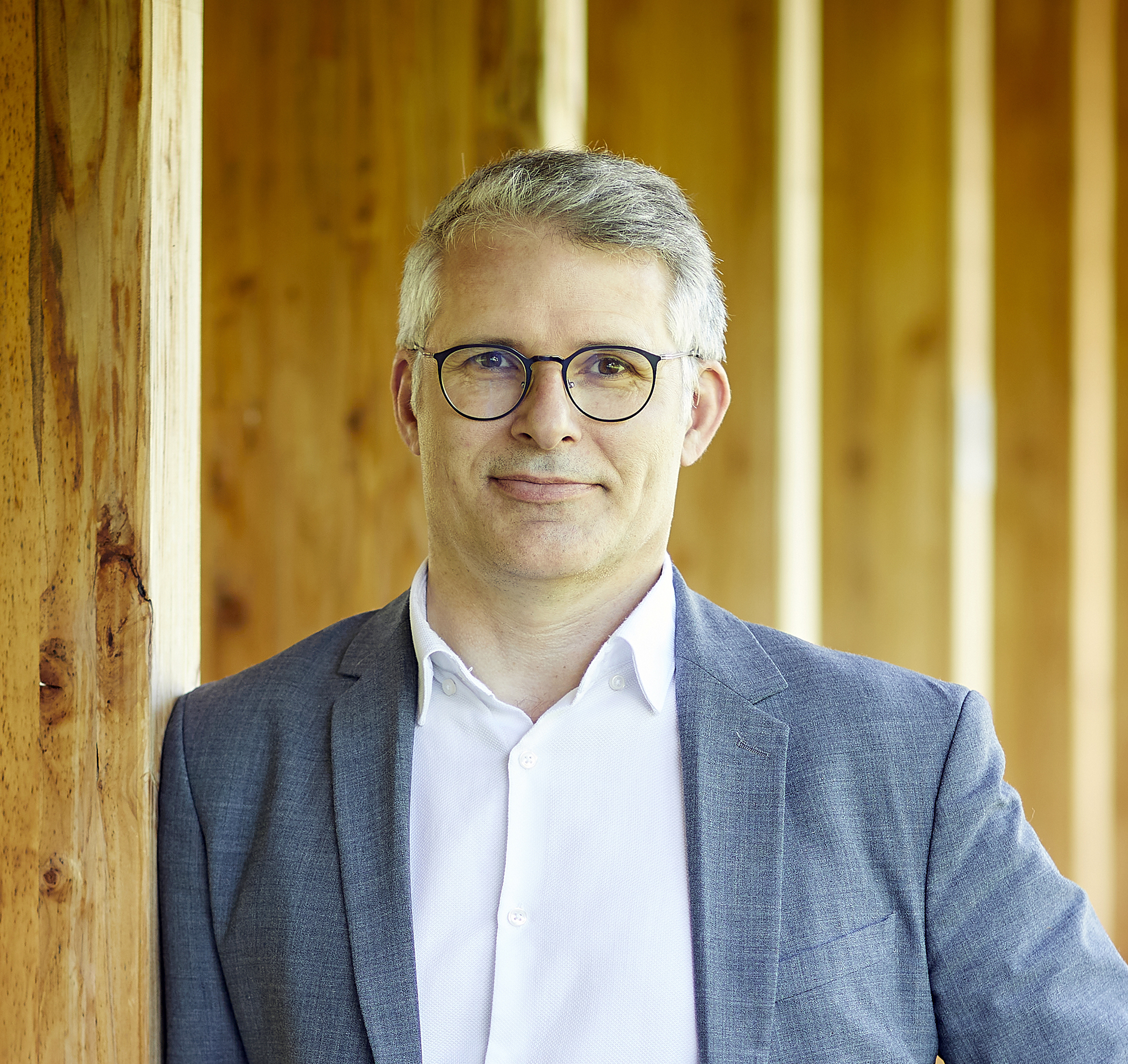
Dr. Christophe Baudot & Prof. Philippe Rouch
Chief Medical Doctor, Paris Saint-Germain & Professor of Biomechanics, Arts et Métiers, Paris, France
Lecture: Challenges in Sport Biomechanics
Christophe Baudot is Chief Medical Doctor at PSG since 2019. He was before the Chief Medical Doctor at Olympique Lyonnais between 2016 and 2019 and Chief Medical Doctor at Olympique de Marseille from 2007 to 2016. He also has a huge experience in Rugby being Chief Medical Doctor of the French team from 2003 to 2007 and Chief Medical Doctor of Union Bègles Bordeaux from 1997 to 2006. He is also in charge of the Medical Stadium near Bordeaux, a very innovative structure offering a global charge around the concept of movement based on the latest technologies, with the objective of improving the better life of the patients and customers, whether they are top athletes or amateurs.
Philippe Rouch is a Professor at the Arts et Métiers in Biomechanics since 2010 and former Director of the IBHGC and the Ensam campus of Paris. He is very involved in Sport Biomechanics and working with several professional clubs in both soccer and rugby. He’s also working with several French sport federations in order to develop personalized model of the athlete to optimize performance and reduce the risk of an injury.
Physical activity has major beneficial impacts on health. They can be as immediate as improving sleep quality, reducing feeling of anxiety or reducing blood pressure. In the same time physical activity provides important long-term health benefits for chronic disease prevention as reducing risks of developing dementia or risk of depression, lowering risk of heart disease, stroke and diabetes, lowering risks of dedicated cancers, improving bone health and reducing risks of weight gain and improving balance and coordination. However, at the same time, professional sport can involve a high rate of injuries with high impact on the player and the health care systems as knee ankle and foot injuries, concussion or hamstrings injuries to just cite a few of them. the purpose of this presentation is to start from the medical point of view coming from a world expert in sports medicine, Dr. Chistophe Baudot who worked in the past at Olympique de Marseille, at Olympique Lyonnais and is now Chief Medical Doctor at PSG taking in charge of the best players in the world like Kylian Mbappé and Lionel Messi and to see what would be the needs in numerical simulation which would make it possible to bring elements of answers to the questions still open today. This presentation will therefore be an exchange between Dr. Christophe Baudot and Professor Philippe Rouch, a specialist in the biomechanics of sport and involved with a large number of professional clubs and numerous sports federations.
